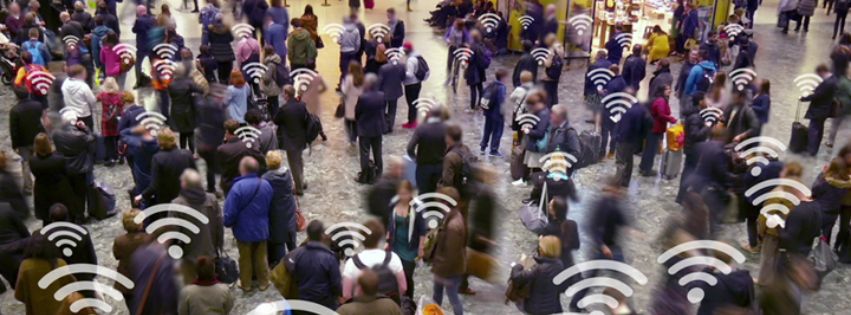No products in the cart.

"The cat was once seen, sitting on a roof, indoctrinating some sparrows perched just beyond his reach. He told them that all animals were comrades, and any sparrow he desired could land on his hand; but the sparrows preferred to stay away." Animal Farm - George Orwell Introduction With this....
Author
Latest Articles
 OfficialJanuary 27, 2024Instagram: There Is Someone Behind The Door
OfficialJanuary 27, 2024Instagram: There Is Someone Behind The Door OfficialNovember 14, 2023Catch Me If You Can
OfficialNovember 14, 2023Catch Me If You Can  OfficialNovember 14, 2023Mobile Forensic Investigator in the Lost World of Crime
OfficialNovember 14, 2023Mobile Forensic Investigator in the Lost World of Crime OfficialNovember 14, 2023Dangerous in The Air
OfficialNovember 14, 2023Dangerous in The Air
Subscribe
Login
0 Comments